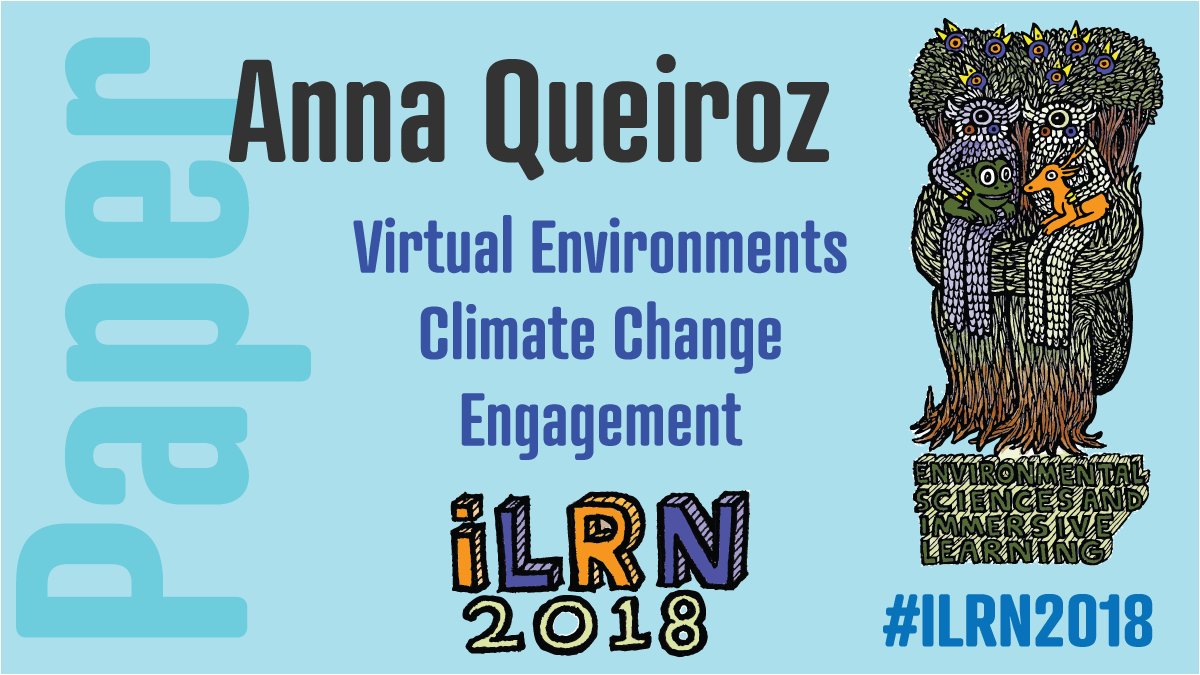
We develop & support a community of educators, scholars, and practitioners dedicated toward research in & on digitally-enhanced immersive learning environments.

Flathead Lake is a large natural lake in northwest Montana, and is the largest natural freshwater lake by surface area that is west of the source of the Mississippi River in the contiguous United States. en.wikipedia.org
- Location: Lake / Flathead counties, Montana, US
- Area: 510.23 km²
- Length: 43935.09 m
- Width: 24944.832
- Outflow:Flathead River
- Inflow:Flathead River

We learned that the Montana Geographic Alliance had spent time at Flathead Lake.
Here is our hostess.
We reviewed the biological history of Flathead Lake.
A current concern is the Zebra Mussel. It is an invasive species in the US.
What problems can they cause?
Zebra mussels can:
- clog irrigation intakes and other pipes,
- attach to boat motors and boat hulls, reducing performance and efficiency,
- attach to rocks, swim rafts and ladders where swimmers can cut their feet on the mussel shells,
- attach to and smother native mussels, and
- eat tiny food particles that they filter out of the water, which can reduce available food for larval fish and other animals, and cause more aquatic vegetation to grow as a result of increased water clarity. A lively discussion was of interest to all.
Then we went to Glacier National Park. We had lunch by the Lake and we chose one of
.
If you go there.
Visitors to Glacier National Park will be treated to all kinds of amazing scenery, from jagged peaks to mirror lakes to wide blue skies. This scenery can be enjoyed on a drive, from a boat, during a hike, or while sitting on the porch at one of the park’s historic lodges. Because Glacier National Park preserves a convergence of different ecosystems, varying in moisture and elevation, the views are diverse and ever changing.
Glacier National Park is part of Waterton – Glacier International Peace Park, which was designated a World Heritage Site in 1995. The World Heritage Site designation recognizes places that are considered natural or cultural treasures of the entire planet.
There are so many things to see and do in Glacier National Park, you’ll want to visit more than once. Your first visit will assuredly leave you with memories to last a lifetime. Here are some of the most popular things to do in Glacier National Park.
-
01 of 08
Drive the Going-to-the-Sun Road
:max_bytes(150000):strip_icc()/GettyImages-557205813-5941861b3df78c537b8da273.jpg)
••• The Going-to-the-Sun Road runs east-west through Glacier National Park, crossing the Continental Divide at 6,646-foot Logan Pass. Along the way, it passes through some truly amazing scenery, from glacier-carved lakes and valleys to rocky peaks and snow-topped mountains. There are scenic turnouts, hikes, waterfalls, and views galore. The Going-to-the-Sun Road, which is 50 miles long, runs from the western park entrance at West Glacier to the eastern entrance at St. Mary.
We had dinner at a place near the lake, close to Missoula and we prepared for the first day of the actual conference. This was a pre-conference trip.
We put the Geo in the conference with https://www.esri.com/en-us/about/about-esri